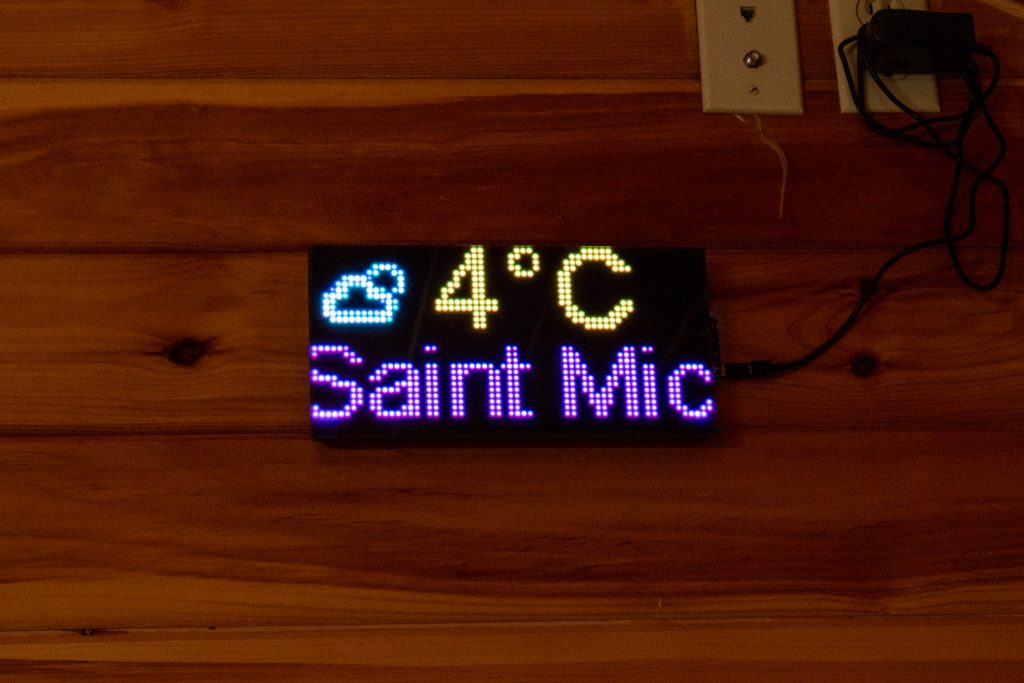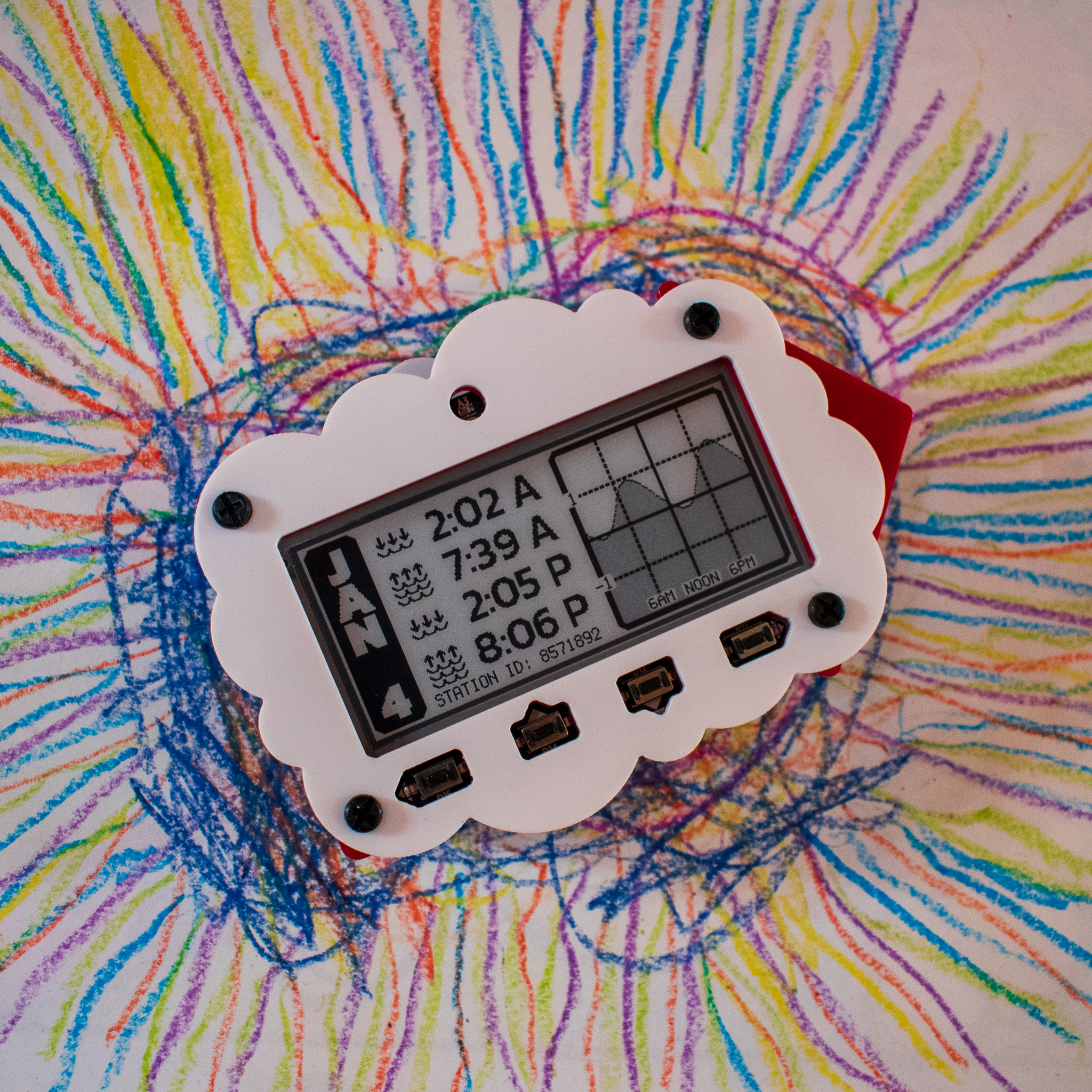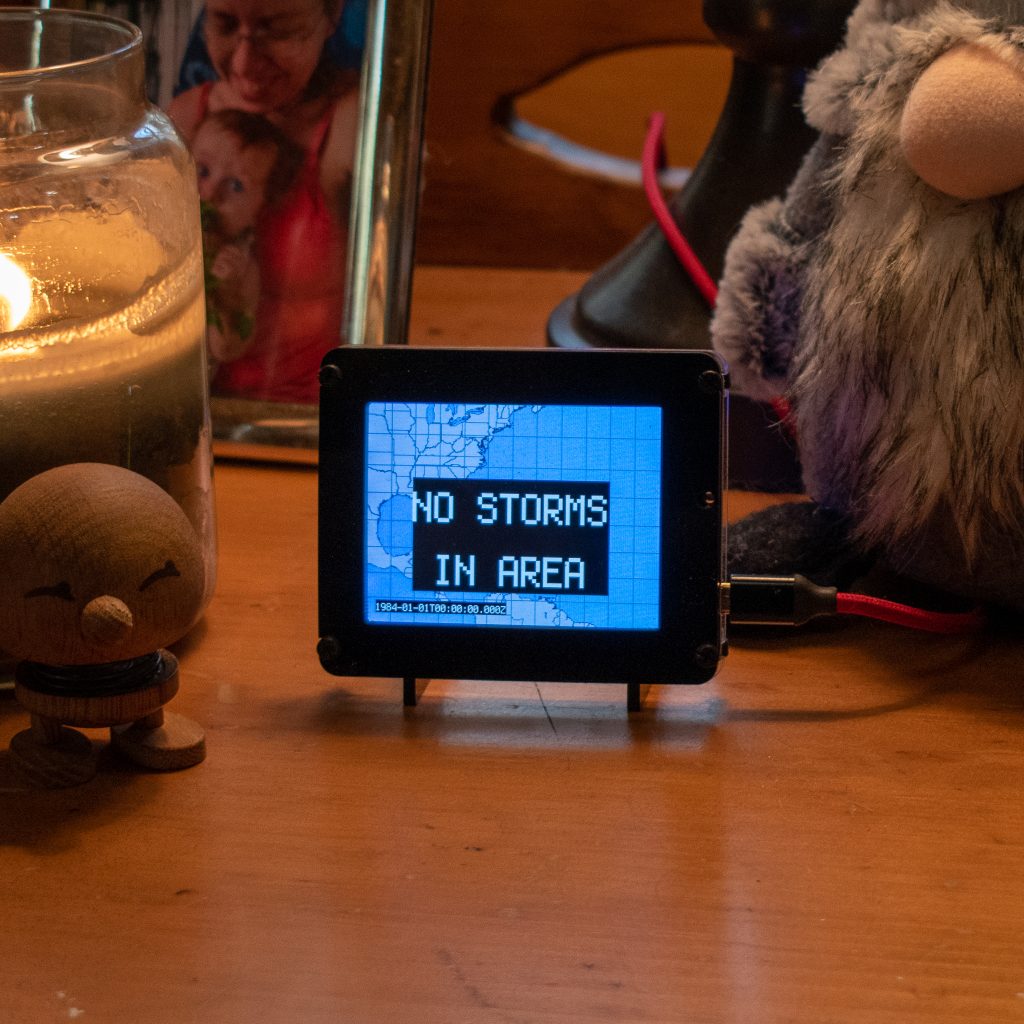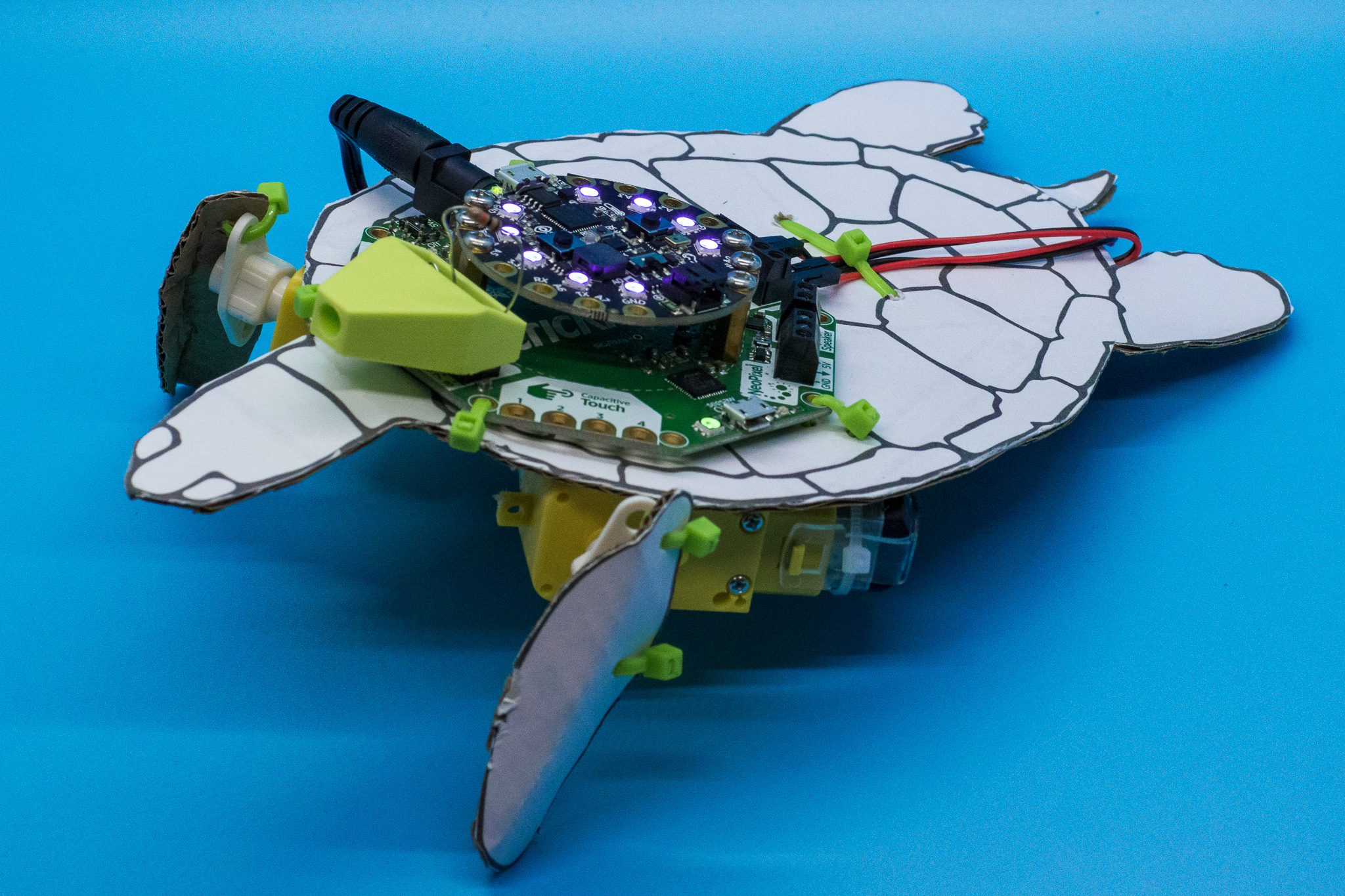This is the winter of finding as many good, educational projects to keep our kids as occupied as possible. If you’re anything like me, you probably have a stack of assorted electronics in various stages of disrepair, which is great for your hardware hacking dads and moms, but kids need projects with a little more structure and, especially for the younger ones, a lot less soldering.
We can’t build open-source CTDs every day.
Fortunately, the awesome folks at Adafruit have built up an absolutely massive collection of electronics projects using just about every component you can imagine. I’ve culled through the archive to find three kid-friendly (projects that don’t require soldering or involve particularly risky components) ocean and weather projects that take advantage of NOAA’s publicly available databases to help students learn a little bit about electronics and the natural world.
All of these projects were built with the help of my kiddo (age four), require no soldering or electronics skills to start, involve just enough coding to stay interesting, and use Adafruit’s CircuitPython ecosystem, which is fairly easy to learn. Adafruit does a great job compiling detailed instruction for every project. These can all be completed in a lazy afternoon.
Some of them can be jazzed up with the use of a 3D printer or laser cutter, but non of them require it. Some of these projects will require you to create free accounts at Adafruit or other third parties to access their APIs. All of these can be integrated into creative craft projects.
Keep track of the tides with an e-ink display
Keeping an eye on the tides is important for anyone living near the coast. This handy little tide tracker uses an Adafruit MagTag to ping NOAA’s daily tide data and display peak times and a graph of the cycle. The display is eInk, so the battery on it last for several weeks between charges.

Hardware
I really like this project as a starter. The hardware is dead simple. The MagTag is fairly inexpensive and self contained, so you don’t have to worry about connecting the eInk display to an external driver. Adafruit even provides a kit with battery and magnetic feet so you can mount your tide tracker on the fridge.
Software
There is only a minimal amount of coding involved. All of these projects will require you to set up a “secrets.py” file to connect to your wifi network. This is where you’ll put any login information as well as set your timezone.
You’ll have to connect to the NOAA Tides web service, which provides tidal data for the entire United States. You’ll then have to determine the station ID for your nearest NOAA tidal monitor and add that ID to the source code. And then, depending on how extreme (or, in my case, mundane) your local tides are, you might have to change the scale on the graph to make it look nice.
And that’s it. A little bit of work and some time digging into NOAA’s ocean data and you’ll have a nice, compact tide tracker that updates automatically every day.
And now that you have the MagTag, there are dozens of other fun projects to try.
Follow the path of Atlantic hurricanes in real-time
2020 was a record shattering year for hurricanes, and NOAA was at the forefront, tracking storms and defending their data against an unprecedented assault on America’s civil service. With the help of the PyPortal, another handy, self-contained display, though this one has touch screen, you can build a device that pings the National Hurricane Center’s tropical cyclone database and updates at predetermined intervals.
And yes, hurricane season is over, but after last year, just having a warm display telling my there’re are no storms in the area is a comfort.
Hardware
The PyPortal is also self-contained, so there’s no real hardware work to speak of. It can be connected to a battery, but as it’s an active display, you’re better off plugging it into the wall.
Software
The reason I didn’t pick this as a starter project is that it’s almost too simple. You won’t have to do any custom coding beyond setting up CircuitPython and creating a secrets.py file. If you want to get fancy, you can change how often it pings NOAA (though respect the database. NOAA doesn’t need you pinging their server every tenth of a second. Once an hour is more than enough).
PyPortal is one of Adafruit’s most popular modules and there are hundreds of projects in the archive, from weather stations to plant monitors to simple gaming devices, so, as your kids move on to more sophisticated projects, it’s a great device to have in your arsenal.
Check your local weather on a massive LED display
Who wouldn’t want a huge, scrolling LED display that reports you local weather? This is by far the most complex hardware and software project on the list, but also the most satisfying (to be fair, anyone who has seen my workstation knows that I have a strong bias towards just too many RGB LEDs everywhere).
The Weather Matrix Display uses a MatrixPortal LED controller to drive a huge 64 by 32 RGB led display. It pings the Open Weather Maps API for location specific weather data (this API uses not just NOAA data, but other international databases, so it will work anywhere in the world).
Hardware
You can use either an M4 Airlift or a MatrixPortal, but I strongly recommend the MatrixPortal, which you will connect to a RGB LED display (or two!). You might also want an LED diffuser (it’s not necessary, but I think it makes it look nicer). Everything screws or clicks together, so hardware setup is simple.
Software
In addition to the basic CircuitPython setup, you’ll need to connect to Open Weather Maps API, which requires a free account to get a key. If you’re lucky, you should be able to follow the instructions to connect to your location. I ran into an issue where there were multiple locations with the same name, so had to tweak the code slightly to use station ID rather than a search query.
You’ll also need to connect to the Adafruit IO time server, which is free from Adafruit.

There are heaps of MatrixPortal projects, and the size of the display means you can do larger projects (we had the tombstone set up for Halloween).
Believe it or not, we are not sponsored by Adafruit, I just really like their projects and electronics (their M0 datalogger it the brain of the OpenCTD). In compiling this list, I did notice that some components are out of stock. Adafruit moves stock pretty quickly, so I wouldn’t be surprised if they were topped back up in a few days or weeks, but you can also check other suppliers like Digikey, Sparkfun, or *that* site.
And speaking of South American rivers, you need almost no tools for these projects, but if you’re going to dive into DIY electronics, the iFixit Pro Tech Toolkit is the single handiest set of basic electronics tools anywhere. And we do get a little cut if you buy it through our affiliate link.
Southern Fried Science is free and ad-free. We use Amazon Affiliate links when we discuss consumer products, which provides us with a small kickback if you purchase through those links. If you enjoy Southern Fried Science, consider contributing to Andrew Thaler’s Patreon campaign to help keep the servers humming as well as supporting the development of open-source oceanographic equipment.


